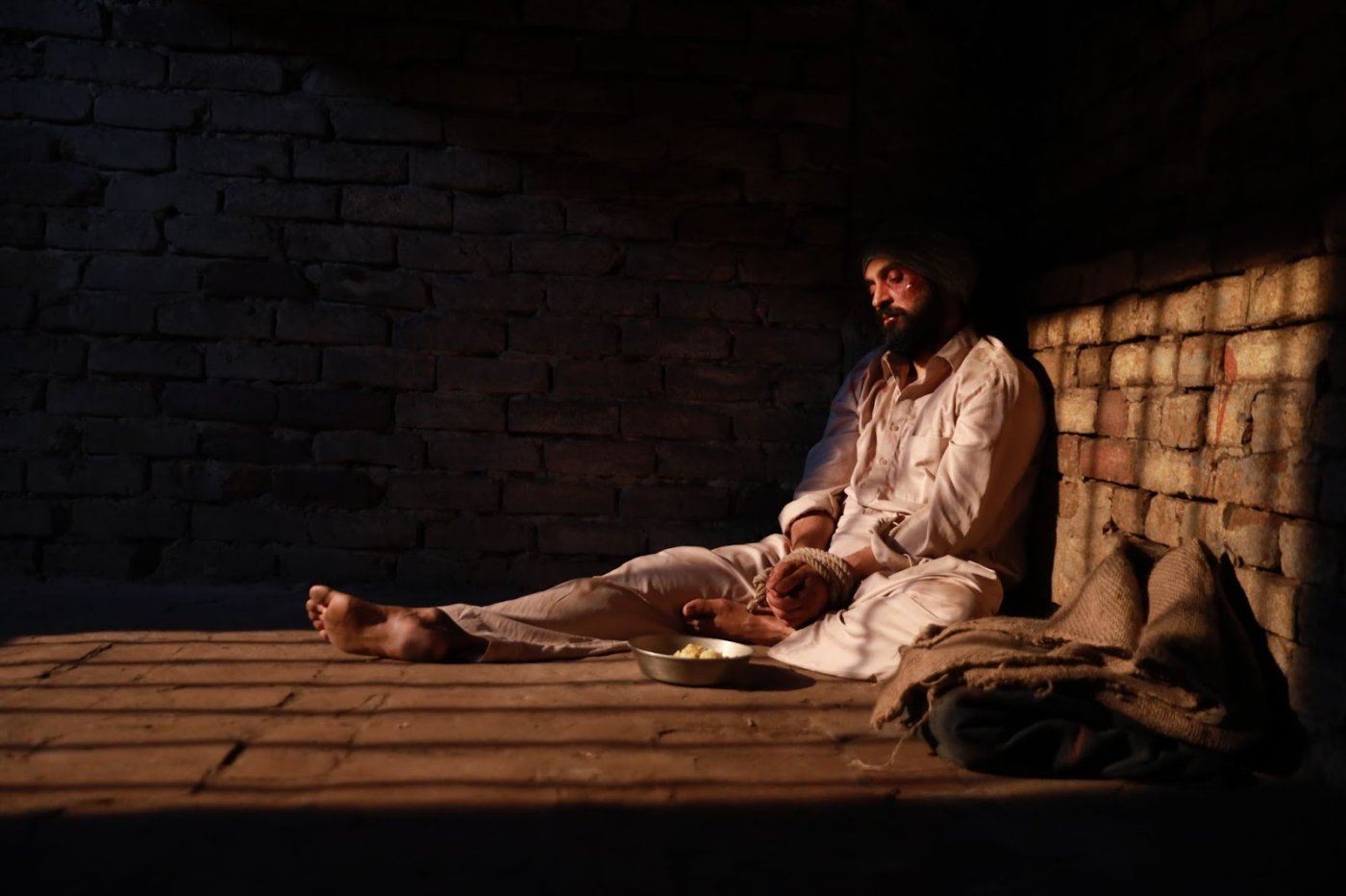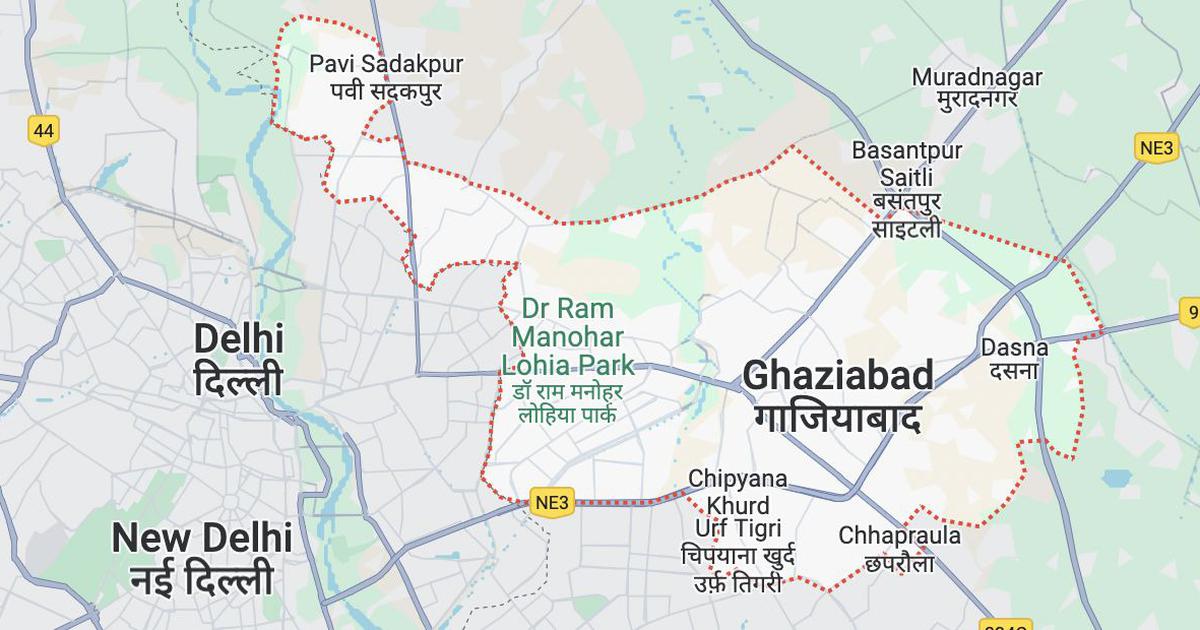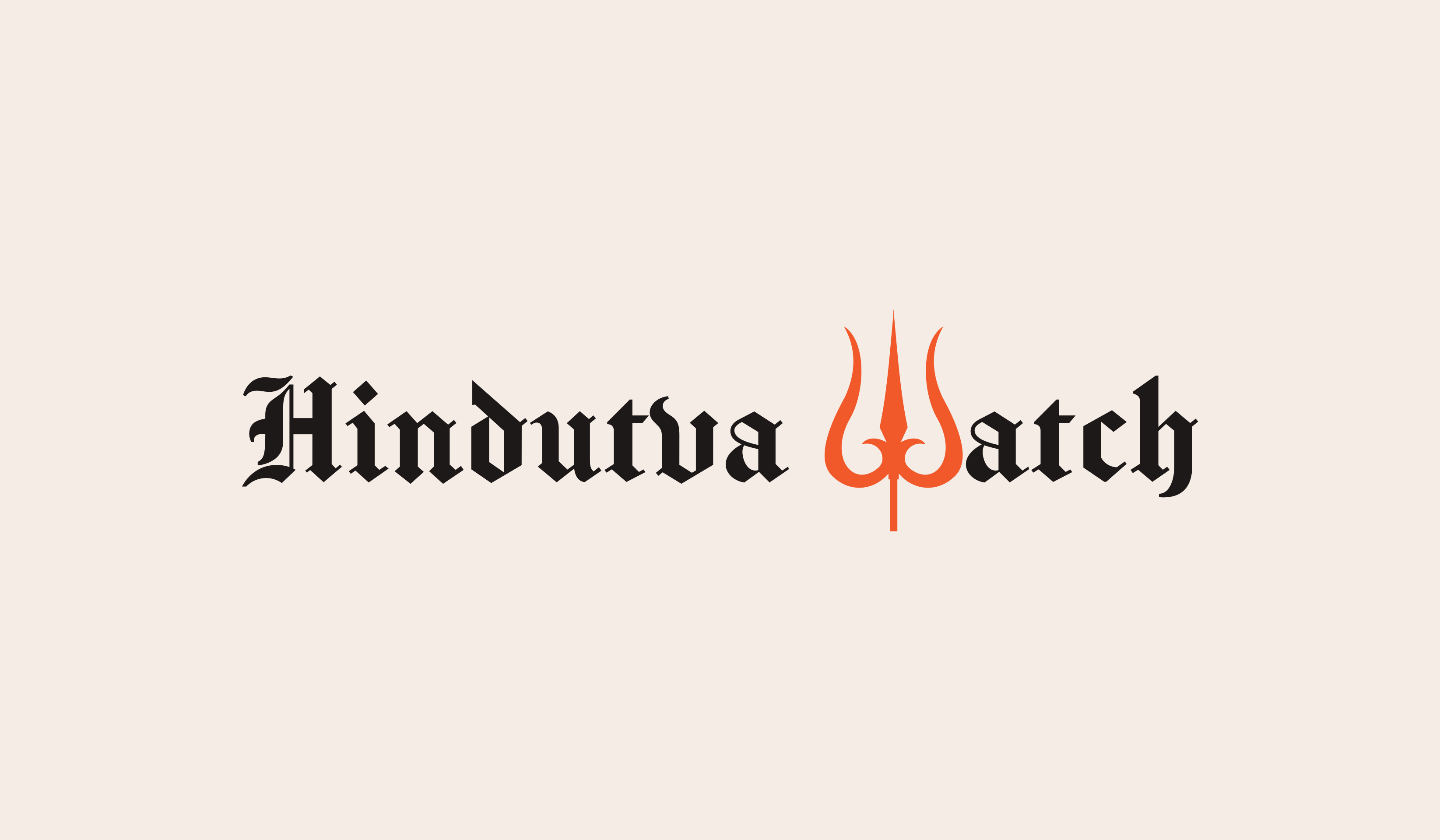
New Delhi: In 2020, Arun Karthick had the sort of CV that young independent filmmakers dream of. His debut film, the Tamil language Sivapuranam, had premiered four years earlier at the respected International Film Festival Rotterdam (IFFR), and he was back there with his sophomore venture.
A poignant portrait of a Muslim salesperson in Coimbatore where Hindutva was on the rise, Nasir won an award for best Asian feature at IFFR. A warm reception at other global and Indian festivals followed.
Next came the usual struggles of Indian indie cinema to get a mainstream release. In 2022 there was good news on that front: SonyLIV, an Indian over-the-top (OTT) streaming service, announced that it would platform Nasir in May.
Then, Nasir disappeared.
The Bermuda triangle that swallowed Arun’s film is among the distinguishing characteristics of India’s censorship regime since the Bharatiya Janata Party (BJP) formed the union government in 2014, sucking in works with the potential to displease the party or the Hindu right wing at large.
When contacted for this article, Arun declined comment. After eight months of not responding to interview requests, SonyLIV, too, declined. Since then, the OTT platform appears to have taken down its Twitter and Instagram posts about Nasir’s release including the film’s trailer on Instagram.
This story was originally published in article-14.com. Read the full story here.






